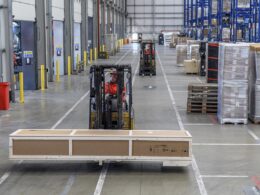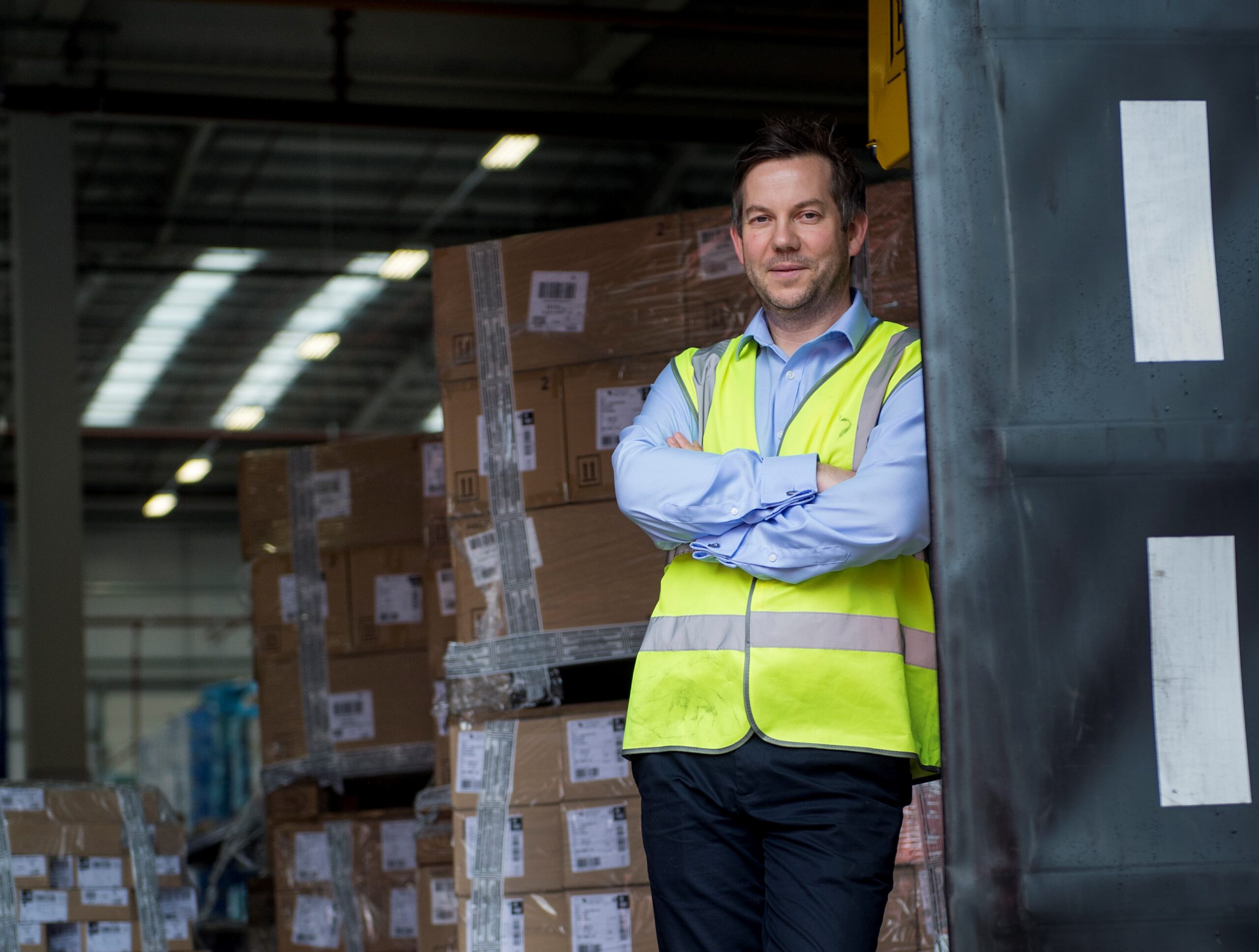As the supply chain becomes more sophisticated, involving greater levels of automation, it is even more important that goods move seamlessly throughout the process. However, a balance needs to be maintained between cost-effective materials and high quality transit packaging.
Indeed, one of the most overlooked elements within the supply chain is the pallet. Integral to the flow of goods from manufacturer to retailer, the pallet is a precision-engineered piece of equipment which can – in the case of LPR’s distinctive red pallet – carry more than one and a half tonnes of material in a dynamic environment which can involve being 40 metres up in an automated warehouse.
While historically, supply chains were often over-engineered to ensure they were able to cope with fluctuations in demand or disruptions to the flow of goods, the focus today must be on full asset utilisation and reducing costs – while continuing to maintain high quality standards.
Not only are manufacturers introducing more automated practices at the front of the supply chain, retailers are also increasingly automating their distribution centres. It is not unusual for warehouses to feature a mixture of sophisticated order picking and conventional pallet racks.
Therefore, a more detailed technical discussion is required to ensure the needs of both the FMCG customer and the retailer are being met, with pallet pool operators focusing their attentions on the quality and maintenance of their pallet as it goes through the supply chain to ensure it meets the robust demands of the automated process.
Sophisticated automated warehouse systems are reshaping the ways in which goods are manufactured, stored and distributed. They can carry different loads at varying heights and multiple speeds, storing them at several depths in the racking. Likewise, there are many types of pallet conveyor systems and automated truck loading systems – all of which feature a variety of chains, skates or drive motors.
Of course, there are also many types of pallet. This is where quality becomes important as, invariably, the more dense storage nature of these environments means that a pallet collapse can be a costly and time-consuming event.
Pallets in the UK are predominately “pool pallets” and, by their very nature, are re-used pallets which are sorted and inspected to meet the needs of the supply chain for the next trip. They will have sorting tolerances applied to them and this means there will be “chunks” of wood which are missing but do not structurally affect the pallet’s performance.
In most instances, the base boards of a pallet are the critical factor in the successful in-feed of pallets into the system and also the pallet’s ability to carry the goods through to a successful outbound delivery.
Therefore, the warehouse designer needs to understand the allowable tolerances on a pallet base board. These should not compromise its ability to move the 1.5 tonnes safely but should also not be so stringent as to create an issue even before the goods can get into the automated system.
Ultimately, should a manufacturer or retailer be considering investment in warehousing automation, they would be best to seek advice from the pooling companies on their allowable tolerances. In many cases, these tolerances can easily be incorporated into the design of the automation and, therefore, smooth the flow of the pallet through the system without compromising safety or product integrity.
About the author
Jane Gorick has worked in the logistics supply chain for more than 25 years in a number of different roles, currently as managing director of LPR UK.
Her career started with a leading pallet business where she quickly climbed the ladder from field service representative to business development manager. She then moved to a competitor as general manager and formulated a strategy to develop and launch a new ’equipment pooling’ business, before joining LPR in 2003.
One of the major pallet-pooling operators for the fast moving consumer goods (FMCG) manufacturing sector, LPR has more than 100 depots and handles more than 53 million pallet movements a year across Europe.













